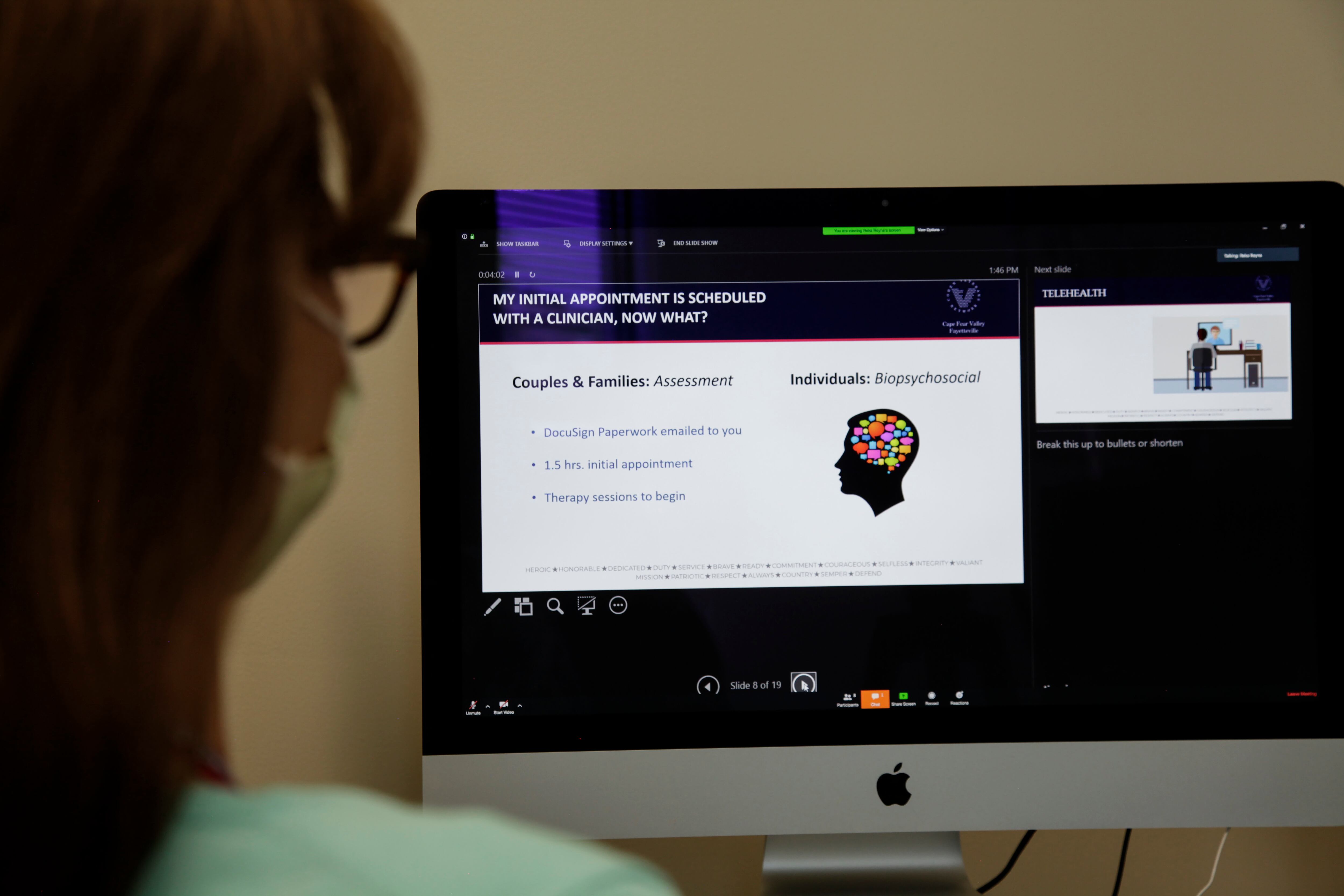Most federal employees are satisfied with the benefits available to them, with retirement and health benefits at the highest importance, according to the most recent 2019 Federal Employee Benefits Survey results.
“It’s an important reason why many of them sought federal employment, and it’s certainly a reason why they remain federal employees,” an Office of Personnel Management official told Federal Times.
The Thrift Savings Plan, a defined contribution program for civilian and military retirees, topped the 2019 survey results as the most important benefit program available, though the Federal Employee Health Benefits program best fulfilled employee needs, with 96 percent of respondents listing it as a program that met their needs to a great or moderate extent.
But of all the federal benefits, the annuity offered to retiring feds was the program that both attracted the most people to federal service and influenced their decision to remain in a government job. FEHB and the TSP were also popular draws for federal employment.
“The benefits are appealing when they’re first looking at a job opportunity, but then when they actually get the job, enroll in the benefits and start using them — or when they understand them in a more detailed way — they like them even more,” another OPM official told Federal Times. “One of the reasons that we do this survey is so that we can continue to maintain the competitiveness of our benefit package.
Trump administration officials have repeatedly advocated for reforms to federal benefits, most especially retirement packages, to make federal jobs more appealing and flexible to those that want to move between the public and private sectors. But the survey reveals that those more rigid benefit options, such as the annuity, continue to be incredibly popular among current feds.
Though enrollment in federal benefits remained largely consistent between 2019 and the last survey in 2017, enrollment in the Federal Employees Dental and Vision Insurance Program went up by over 5 percent, an increase that may be more attributable to the fact that the TRICARE retiree dental program was retired at the end of 2018.
“A lot of current federal employees are retired military. This is sort of their second career: once they retire from the military they become a fed,” said the OPM official.
“As a retiree, they may have still been enrolled in the TRICARE retiree dental program until that sunset a year and a half ago. So even though they’ve been a federal employee, they’ve kept their other coverage because it was familiar to them. Now they move to FEDVIP, and there’s a lot more choice in terms of the benefits that are available and the premiums that are available, and they kind of like it.”
OPM also made a concerted effort to get the message out about FEDVIP availability in the wake of the TRICARE retiree dental program ending, which may have had the byproduct of reminding non-veteran federal employees to also enroll in the program.
But the OPM officials added that they hope to do more in the coming year to inform feds about other, less utilized benefits, such as long term care insurance and flexible spending accounts.
The COVID-19 pandemic, which rose to prominence in the U.S. a few months after the FEBS survey was administered in October and November 2019, may also present changes in survey responses.
Telehealth, for example, saw a 14-point drop in interest between the 2017 and 2019 surveys.
“I wish we could measure that now, because I think it would go way up on the other end,” the OPM official said. “We worked hard as part of our response to COVID to make sure that all of our carriers made telehealth as widely available as possible — this is all sort of anecdotal — but I’ve heard from a number of people how much they like that option.”
RELATED

Agency officials also hope to make feds more aware of the improvements they’ve negotiated with insurance providers over the years, such as transparency tools for drug prices and in-netwok providers.
“What we’re finding in the results is that the awareness of the availability of those tools is still fairly low, lower than I think we would like, so we really want to take a look at both what carriers are offering, and how they’re promoting those, and how we might be able to promote the use of those tools,” the other OPM official said.
OPM is still in the process of negotiations with health insurance providers for the upcoming open enrollment season, but officials are already planning for the 2022 season and will use the survey results to help provide better tools for choosing a plan and greater emphasis on the unmet needs that some employees expressed in the survey.
Jessie Bur covers federal IT and management.





